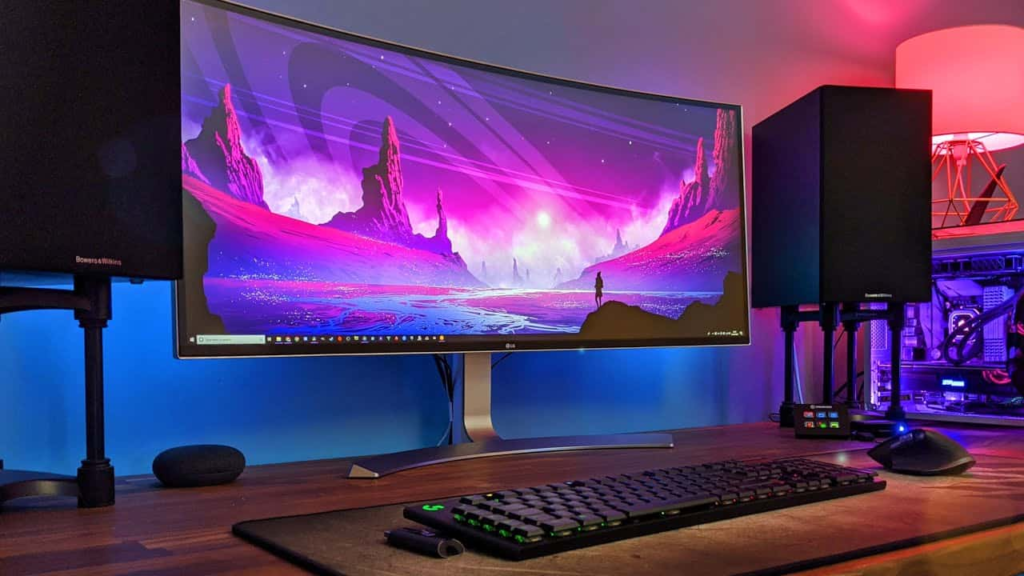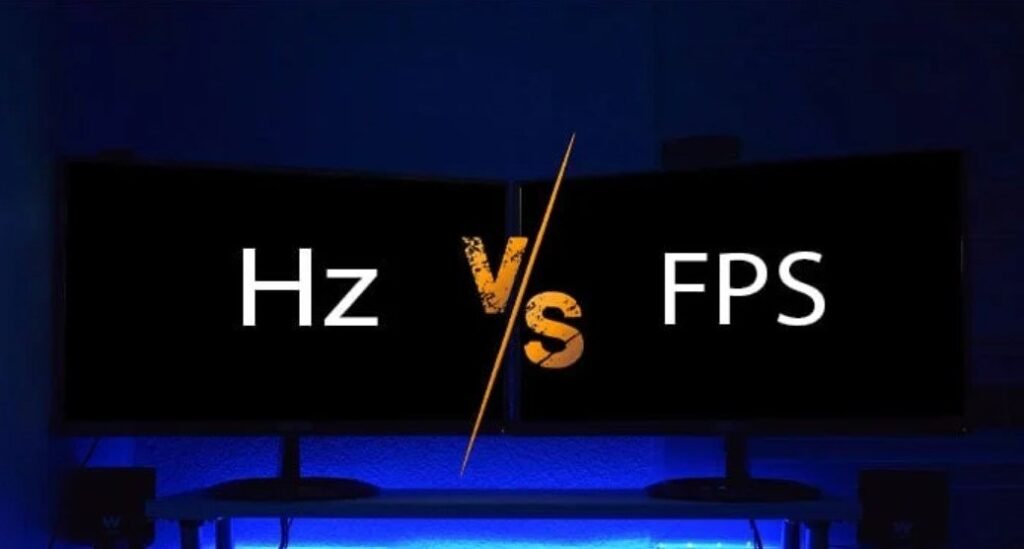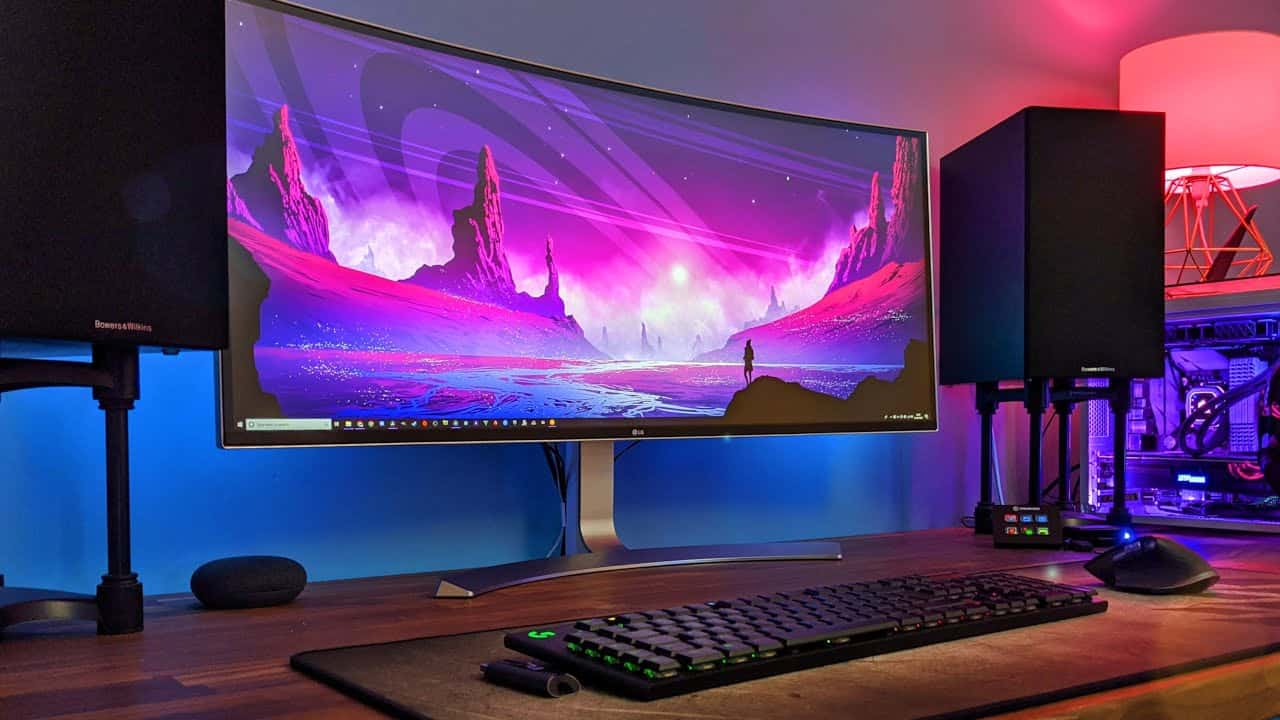If you’re a gamer seeking the best possible visual experience, you’ve likely come across the terms FPS and Hz. These two specifications play a critical role in determining how smooth and responsive your games feel, but how do they interact, and which is ultimately more important? Let’s break it down.

Understanding FPS (Frames Per Second)
- What is it? FPS stands for Frames Per Second, and it measures how many individual images your graphics card (GPU) can generate every second. A higher FPS translates directly into a smoother, more fluid visual experience.
- Why is it important? When your GPU produces a low FPS, your games may feel choppy and unresponsive. This is especially noticeable in fast-paced titles where split-second reactions are crucial. Low FPS can hinder your aim, make tracking moving objects difficult, and create a generally frustrating gaming experience.
- The Ideal FPS: While a baseline of 30 FPS is considered playable, most gamers strive for at least 60 FPS for a smooth experience. Competitive gamers often push for even higher framerates like 120 FPS or 144 FPS, giving them a visual edge in reaction-based scenarios.
Understanding Hz (Hertz)
- What is it? Hz stands for Hertz, and it represents the refresh rate of your monitor – how many times per second your screen updates the displayed image. A higher refresh rate means your monitor can keep up with the rapid flow of frames from your GPU.
- Why is it important? If your FPS exceeds your monitor’s refresh rate, you may encounter visual artifacts like screen tearing, where parts of the image seem misaligned. High refresh rate monitors (144Hz, 240Hz, etc.) offer smoother visuals because they are fast enough to display those extra frames produced by a powerful GPU. They also reduce motion blur, making it easier to track fast-moving targets.
FPS vs. Hz: Which Matters More?

While both FPS and Hz contribute to a great gaming experience, FPS is generally considered the more important factor. This is because no matter how high your monitor’s refresh rate is, you won’t perceive increased smoothness if your GPU isn’t producing enough frames.
The Perfect Combination: Ideally, you want your FPS and monitor refresh rate to be as close as possible, or have the FPS slightly below the refresh rate. This ensures maximum smoothness without screen tearing. However, it’s important to have a system powerful enough to drive high framerates to take full advantage of a high refresh rate monitor.
Additional Factors to Consider
- Game Type: Fast-paced games like first-person shooters (FPS) or racing titles greatly benefit from high FPS and refresh rates. Slower genres like strategy or role-playing games might be less reliant on these factors.
- Budget: High refresh rate monitors tend to be more expensive. Consider your needs and budget before investing.
Conclusion
Striving for high FPS should be a priority for any gamer, as it ensures a smooth visual foundation. If your budget allows, and you play competitive, fast-paced games, then a high refresh rate monitor is a worthwhile investment. Ultimately, the perfect balance of FPS and Hz creates the most visually satisfying and immersive gaming experience.
See more Game Accessories Information in here.













